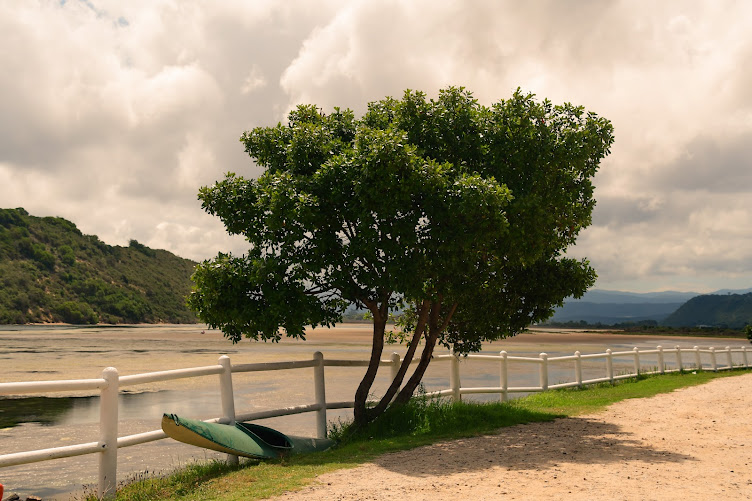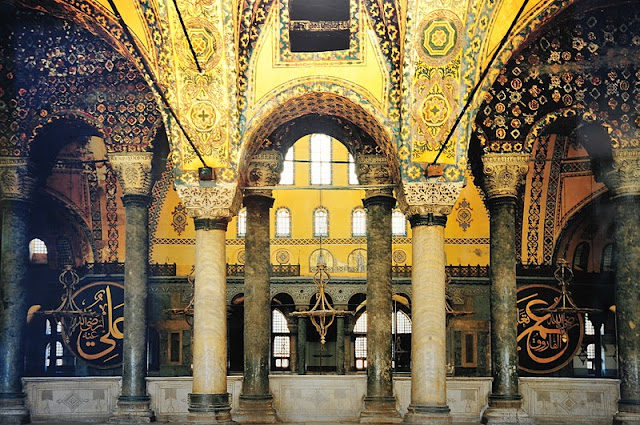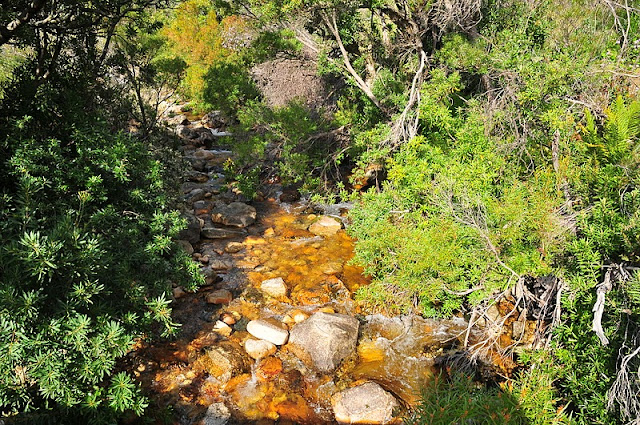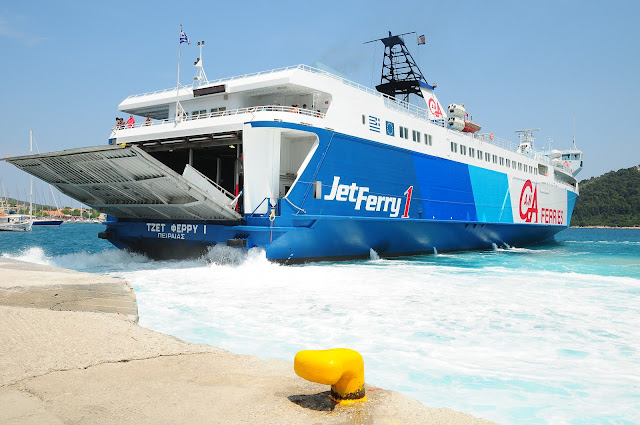We had never considered Istanbul as a destination as we had always flown with Olympic Airlines to Greece Istanbul
Our flight to Istanbul started in Cape Town but stopped in Johannesburg
Fortuitously, we had eaten at the Spur in Cape Town as the food service on board was very slow and inefficient with the lady on my aisle going backwards to the galley all the time. Perhaps she should have been told how to pack her trolley. Late at night, this is not conducive to making one feel relaxed! The breakfast service was much faster but then they took forever to remove the debris so we were stuck in our seats. The landing was very good, so compliments to the pilot!
Passport Control in Istanbul
Thankfully, our taxi was waiting for us and took us on a very bumpy ride to the Turkoman Hotel. Between the suspension and the road, all my organs felt as if they had been pummeled! The Turkoman Hotel allowed us this very early check-in (kudos’s to them) and sent us upstairs for some refreshments and food. It’s a lovely hotel, friendly staff, and a breakfast/coffee bar upstairs with Internet access and stunning views of the Blue Mosque. The room was fine for a 3* and the soap was just heavenly. Spicy! A shower door instead of a shower curtain would be a plus. Surely, everybody hates those plastic curtains sticking to you when trying to shower?
Although rather tired, we set off to visit the Grand Bazaar – it’s mind-boggling, huge, bustling and noisy and perhaps should not be visited until one is rested enough to be able to smile and say “No” politely to all the offers of goods. So we vowed to go back again before we left Istanbul
Next we strolled down to the Ferry Port
The first hotel we had booked into did not offer a free shuttle from the airport and their e-mail response was not very enthusiastic or prompt, so we changed hotels at the eleventh hour to the Turkoman Hotel. This turned out to be a wise decision as they are in a quiet area yet within walking distance of all the attractions in the old town. We chanced upon the other hotel in our wanderings – it is in a very busy part with loads of restaurants in the street but also tons of traffic and noise.
The one thing you need to get used to rather quickly are the numerous calls to prayer! At 12.00, 17.00, 21.00 and again at 04.00. However, with the mosques all over the city calling out in harmony we found this a unique sound and something we actually looked forward to! Barring the 04.00 one! But we managed to fall asleep very quickly again so it was not a problem. This Muslim city appears to be very tolerant of everybody and does not appear fanatical in any way.
Dress is casual, alcohol is freely available, and tourists are welcomed.
Don’t take Traveller’s Cheques – they are becoming more and more difficult to cash everywhere. We sat in a bank waiting, not realizing that you had to press a button to get your ticket number before you would be called. So we wasted time before realizing this. When we eventually did get to the counter, the teller told us that we would get a better rate at a “kiosk”!! These little kiosks are all over the city – just make a note of the exchange rates as they do differ. It’s easy to change USD, Euro or GBP.
The Dolmabahne Palace is on the European side of the Bosphorus and is a magnificent example of the opulence of the Ottoman Empire . A truly interesting stop – there were fairly long queues to get in and the guard stood like a statue. I thought he was a statue until I saw his eyes. A group of kids surrounded him and many people took photos of him – he stood motionless – only his eyes moved and they were roaming all the time. Well trained to spot those who perhaps were not quite what they seemed. We had to put on pink plastic covers over our shoes to enter the palace – what a performance! And they kept coming off as the covers are all the same size but the shoes are not.
We all looked so silly!
This palace tour took about an hour and was very informative. One does not see all 285 rooms, which would take forever! The palace faces the shore and has manned gates onto the Bospohorous. The crystal chandeliers are huge and beautiful, many of them imported from Britain
Taksim Square is the more modern part of Istanbul – it has many hotels, shops and a huge bustle of buses, cars and people. If you want “Modern” and “Shopping” then you need to stay in this area. It’s very, very busy with continual hooting so factor this into your visit! We preferred the old part of Istanbul Istanbul
The Fish market in Istanbul
It was so cold that we headed straight for the coffee bar in the hotel for tea and to warm ourselves up a little. We had to venture out in the cold again to find some supper. We walked towards the university – a long, long road full of locals scurrying home to get out of the biting wind! There are loads of shopping malls along this route and the inevitable honking of the very impatient drivers. Istanbul must rival New York when it comes to hooting – this cacophony of sound accompanies you wherever you are in Istanbul
The night-time pavement vendors were all setting up their goods on the stroll back – hats, gorgeous dolls, baby clothes etc. Some very poor looking vendors – we felt sorry for them but had no need of their goods. The Pudding Shop looked inviting so in we went for some dessert. Very delicious cheese-cake but at TL 7.00 quite expensive. The tea is served black as it is in Vienna Ceylon
The Galata Tower Istanbul Galata Bridge
The Galata Tower Istanbul
This area of Istanbul Istanbul

The Blue Mosque (Sultanahmet Mosque), built in the 17th century, is synonymous with Istanbul
Visitors can only enter through one entrance and you have to take of your shoes and be suitably clad. It is certainly worth a visit.
The Hagia Sofia was in a state of restoration at our visit. Its history is fascinating as it remained the largest cathedral in the world for nearly 1000 years. It was converted to a mosque in 1453, closed in 1931 and re-opened as a museum in 1935 by the Turkish Republic Istanbul
One attraction not to be missed is the Basilica Cistern. This cistern, built in 532 is the largest Byzantine cistern in Istanbul Black Sea . It’s a spooky place with the many magnificent columns, silent water below, ghostly fish swimming languidly along and the little drips coming from above! There are walkways so you don’t have to get wet! The water was stored for use by the palace at the time – however, the cistern was later closed and forgotten. Despite being re-discovered again around 1545, it was still neglected and only restored in the 1950’s. It was opened to the public in 1987 and is a great place to escape the heat of the city - it’s a huge photographical challenge which I didn’t quite master! Stand quietly, if there are not too many tourists, and try to imagine this amazing place built so very many years ago. Whilst our technology today is moving at such a rapid pace that it is difficult to keep up with all the gadgets, the technology of yesteryear was very different yet still totally mind-blowing. Creepy, fascinating, extraordinary, silent yet noisy, a grand old relic of another era.
We booked a Bospohorus and Golden Horn Cruise with a stop in Asia – amazing that you are in Europe one minute and then in Asia not much later! Istanbul just has to be enjoyed from the sea – there are beautiful summer houses lining the water and the Istanbul Black Sea can be pretty icy so take a jacket to ward off the chill factor.
The village in Asia is know for it’s yoghurt and we did a little wander – it was not at all touristy and the locals were going about the daily business, seemingly without a care in the world. It’s always good to see the “normal” part of a city where the tourists are not the main thing people around.
However, with all the attractions in Istanbul Istanbul
The tour ended with a drive through some very dicey looking part of Istanbul
The Grand Bazaar shop keepers are also very pushy when all one really wants to do is gawk at all the various objects on sale. The colours of goods are bright and garish, carpets abound, tons of jewelry, glassware, clothing, leather, souvenirs, gold and much more. This must be one of the biggest “ancient” city “malls” in the world – it has over 3000 shops, over 60 streets (believe it when you get lost!) with thousands of visitors daily. It is so huge that it’s quite mind-blowing – give yourself time to absorb the atmosphere – there are various cafes so you can catch your breath and get your bearings again! It’s a fascinating explosion and overload of colour, noise, sounds, goods and people.
Our legs had by now got very used to walking in Istanbul Istanbul
The Spice Bazaar (also known as the (Egyptian Bazaar) is smaller than the Grand Bazaar and we so enjoyed this that we visited twice. The colours and smells here are different to the Grand Bazaar – the spices just assail the senses – one does not know where to turn next! The shop-keepers are very polite and friendly and not pushy like those in the Grand Bazaar so it’s a more peaceful bazaar to visit. Again, give yourself time to explore, especially if you are buying, as there is such a huge array of goods.
Sadly, all great travels have to end otherwise they would not be travels.
The only sour note during our visit to Istanbul
A rather irritating ending to a wonderful stay in Istanbul
For a number of days afterwards I kept waiting to hear the calls to prayer.
This hypnotic, yet musical sound that is so very unique in Istanbul will live on in our memories of an intriguing city with such a wealth of history that it cannot all be absorbed in a short 4 day visit. Our legs were well exercised, our senses of sight, sound and smell were awakened, our taste buds were satisfied – what more can one ask for?
Some more Apple Tea anybody?
© Judelle Drake
http://www.flickr.com/photos/bradclinphotography
For Accommodation Cape Town, South Africa
www.bradclin.com
Please share - if you did not enjoy this post .....Shhh - but please still share!
Thanks!




























































